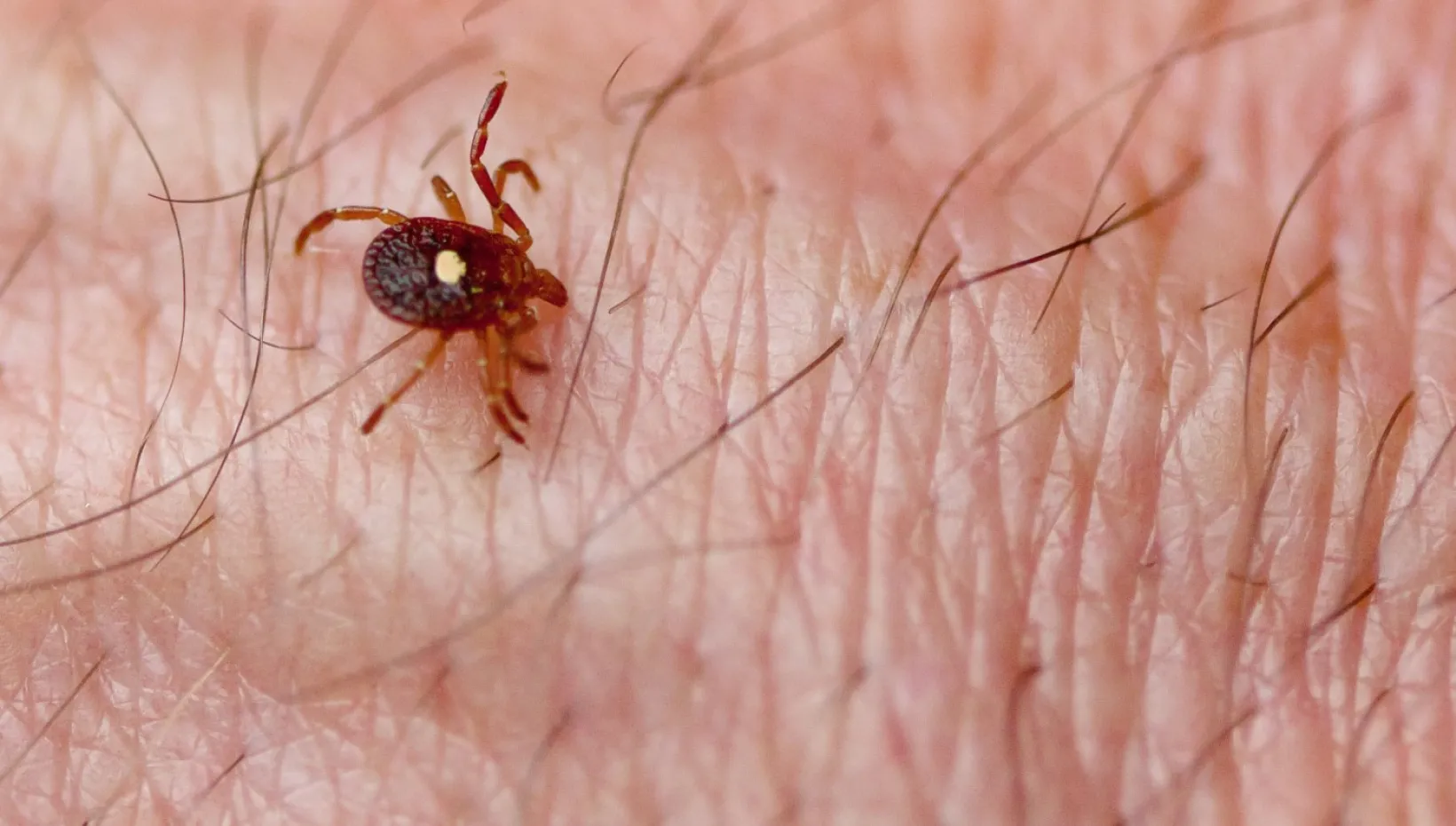Using nanobodies to block a tick-borne bacterial infection

Article by: Emily Caldwell
Originally Published
In cells and mice, tiny molecules stop bacteria from hijacking cells
Research published in Proceedings of the National Academy of Sciences shows that tiny molecules called nanobodies, which can be designed to mimic antibody structures and functions, may be the key to blocking a tick-borne bacterial infection that remains out of reach of almost all antibiotics, new research suggests.

The infection is called human monocytic ehrlichiosis, and is one of the most prevalent and potentially life-threatening tick-borne diseases in the United States. The disease initially causes flu-like symptoms common to many illnesses, and in rare cases can be fatal if left untreated.
The study’s lead author, Yasuko Rikihisa, professor of veterinary biosciences at Ohio State, is a longtime specialist in the Rickettsiales family of bacteria. Additional co-authors, all from Ohio State, include Jeffrey Lakritz, Wenqing Zhang, Mingqun Lin, Qi Yan, Khemraj Budachetri, Libo Hou, Ashweta Sahni, Hongyan Liu and Nien-Ching Han.
This study was supported by the National Institutes of Health.